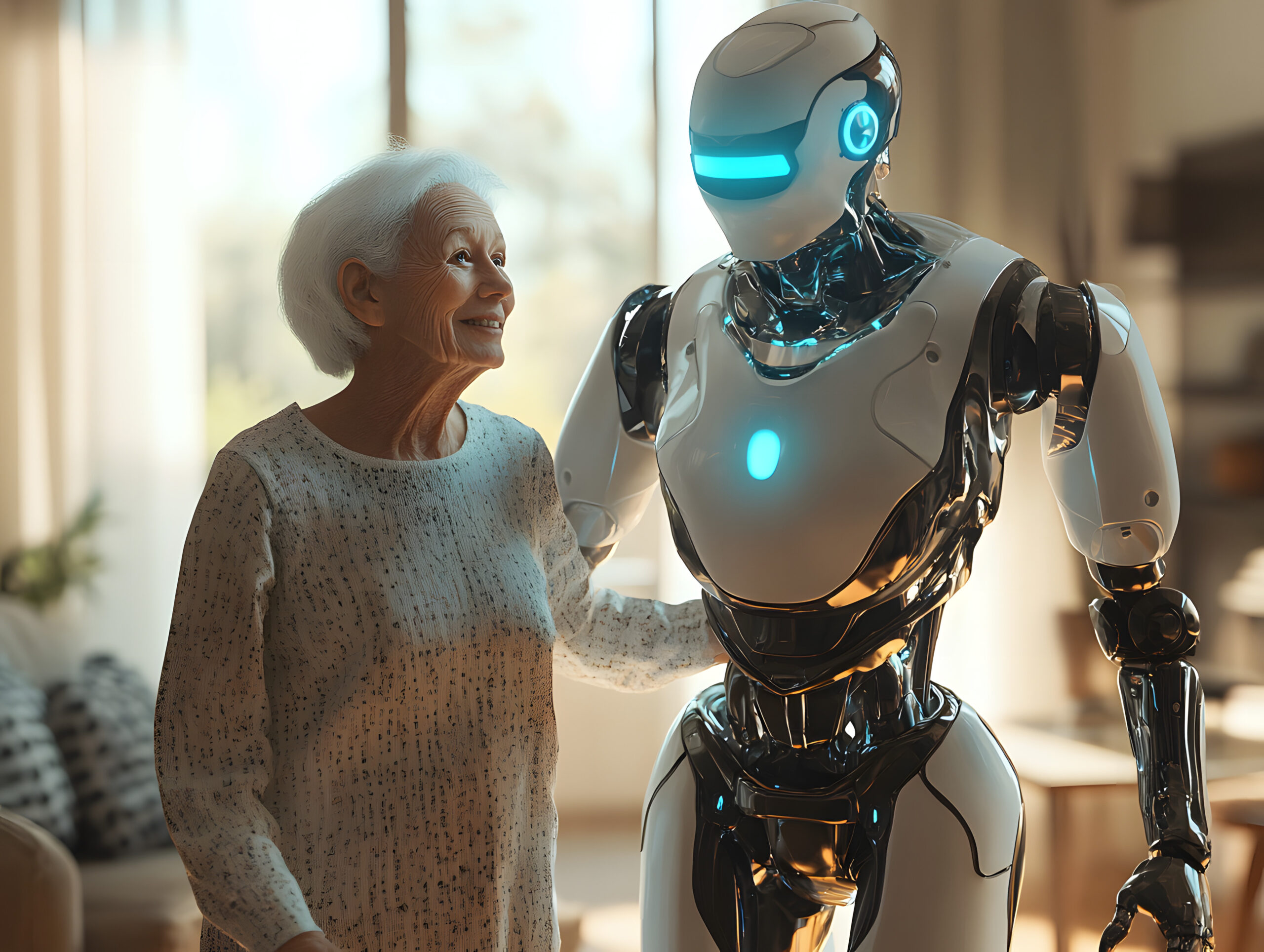Can you even imagine a day without smartphones or computers? You might be wondering what to do after an hour of chit-chatting with your friends or doodling on scrap paper. Technology has been widely embedded in our lives, and we’ve been used to taking it for granted.
However, there still exist some places where technology is not yet fully accommodated or developed. “Digital divide,” or digital inequality, is the gap between those who have access to computers, the internet, and digital skills and those who do not. During the early 21st century that marked rapid development of digital technologies and internet propagation, the digital divide separated those who could participate in the knowledge economy and those who could not.
Now, the trend has shifted. After undergoing the global dissemination of the internet and tech devices, the world is now focusing on Physical AI, or artificial intelligence embodied in robots that detect and respond to the environment. Physical AI is the branch of artificial intelligence that enables machines to interact with the physical world through sensors and actuators, and to continuously learn and perform reasoning. As this technology develops, the existing digital divide may evolve into an even deeper gap, where differences in access to Physical AI determine health, labor, education, and safety outcomes. This potential form of inequality is called the Physical AI divide. While the digital divide limited access to information and opportunity, the Physical AI divide will determine who benefits from robotic assistance, healthcare, and expansion of physical capabilities.
The Physical AI divide may appear in diverse areas such as healthcare, labor, and education. One of the clearest examples is healthcare. Wealthier countries or groups will likely benefit from AI-powered robotic surgery or exoskeletons, receiving personalized treatment while excluding disadvantaged groups from accessing advanced treatment. Labor and productivity is another field that is likely to be affected. For well-resourced firms, advanced construction robots and warehouse automation can dramatically enhance work efficiency while preventing workers from performing dangerous tasks. However, industrial corporations without much capital might not afford AI-augmented labor, leaving monotonous, repetitive tasks for human workers which may lead to accidents due to unwatchful actions. For education, Physical AI might create unequal learning environments. Elite schools may deploy robotic tutors, lab assistant robots, and embodied AI learning aids, providing students with interactive, personalized learning experiences. Yet underfunded schools might rely on traditional methods of learning, thus widening the gap in education resources and quality.
Despite the fear of inequality emerging from Physical AI, we continue to explore the vast possibilities of AI-empowered machines. Although Physical AI may bring inequality among those who use the technology or not, it will definitely make our lives safer and more efficient. Similar to how televisions are now installed in nearly every house, let’s expect the future where Physical AI-embodied machines interact with humans in every household.



